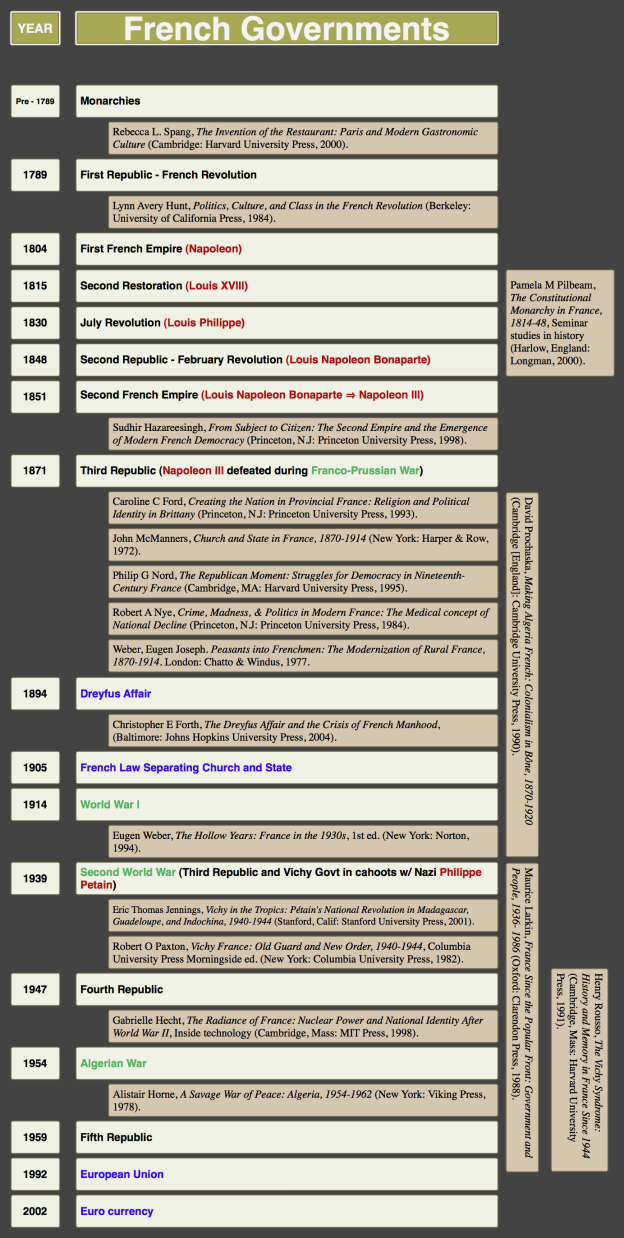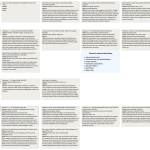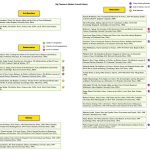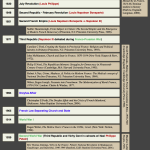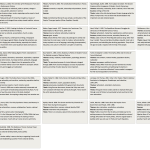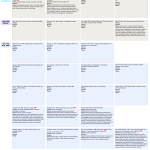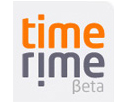Google has some interesting additions to their search results. You can now see ‘Related Searches’, a ‘Wonder wheel’, and a ‘Timeline’. I think the timeline may have been there for a while. It was for Google News, at least.
Anyhow, while checking the RSS feeds today, I noticed the Google doodle for today is about Veterans Day. I clicked the ‘Timeline’ to see what it had to offer. You first see a timeline with the number of web pages referencing the search result for a particular time. What first caught my eye were two large spikes in the timeline corresponding to 1919 and 1954. Second was a much larger result after 1984, and an increasingly greater result through 2009, with a drastic drop in 2010 (probably because it’s today and people are still posting about it).
Anyhow, using this timeline from Google allows to ask three questions and dig into the history of Veterans Day. The answers can be pulled from the links provided by clicking on the timeline for the year of interest.
1. Why the spike at 1918-1919? Well, as it turns out this was the first time Veterans Day occurred. It was set apart as a national holiday on November 11, 1918, to mark the end of World War I, which ended on that date. It was originally named Armistice Day.
2. Why the spike at 1954? In 1953 the town of Emporia, Kansas named their yearly parade the “Veterans’ Day Parade” in honor of all the veterans in their town. A bill introduced by that state’s congressman led to renaming the national holiday to Veterans’ Day!
3. Why the increased interest in 1984? This one was a surprise. On November 11, 1984, the Vietnam Veterans Memorial was dedicated and accepted by President Ronald Reagan as a United States memorial. There’s even a link to a newspaper article.
Each year also shows an interesting little bump in May, which corresponds with Memorial Day in that month.
There’s no data in for November 2010, so it will be interesting to see if the trend continues and there are more pages for Veterans’ Day in 2010 than there was in 2009.
Do you see any other bumps or bulges in the timeline? What happened there to spark interest in Veterans’ Day?

